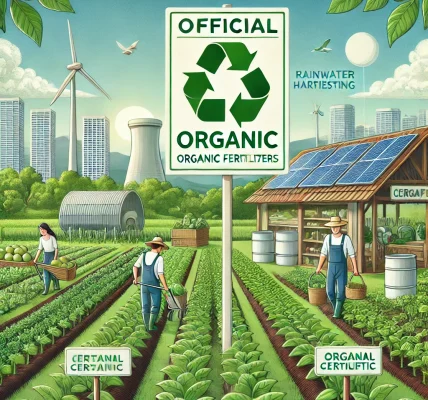Many farmers hesitate to file applications independently, fearing a complicated process. However, the benefits of self-application include:
- Saving Money – No need to pay agent fees.
- Avoiding Fraud – Many agents charge high fees without guarantees.
- Better Understanding – Knowing the eligibility criteria, documents required, and application process.
- Complete Control – You track your application status directly.
Step-by-Step Guide to Filing for an Agricultural Scheme Without an Agent
Step 1: Identify the Right Scheme
- Visit Official Government Websites: Start by checking platforms such as:
- National Portal of India (https://www.india.gov.in)
- Ministry of Agriculture & Farmers Welfare (https://agricoop.nic.in)
- State Agriculture Department websites
- Understand Eligibility Criteria: Each scheme has specific requirements based on:
- Land ownership
- Type of crops grown
- Income category
- Region-specific benefits
- Check the Deadline: Ensure you apply before the last date.
Step 2: Gather Required Documents
Each agricultural scheme requires specific documents. The commonly required documents include:
- Aadhaar Card (Identity proof)
- Land Ownership Proof (Patta or RTC document)
- Bank Account Details (For subsidy transfer)
- Income Certificate (If applicable)
- Caste Certificate (For reserved category benefits)
- Crop Details and Farming Practices (For crop-related schemes)
- Photographs (Passport-sized for official use)
Step 3: Register on the Official Portal
- Visit the Government Portal
- Most schemes have an online application process.
- Example: PM-Kisan, KCC (Kisan Credit Card), or State Agricultural Schemes.
- Create an Account
- Use your mobile number and Aadhaar for registration.
- Login and Select the Scheme
- Navigate to the application section and choose the relevant scheme.
Step 4: Fill Out the Application Form Correctly
- Enter your Personal Details (Name, Address, Contact Information).
- Provide Land & Farming Information (Landholding size, Crop Type, etc.).
- Attach Scanned Copies of necessary documents.
- Double-check all details to avoid mistakes.
- Click Submit and note down the application number.
Step 5: Track Your Application
Once you have submitted the application:
- Keep Checking the Status – Use the tracking ID on the portal.
- Respond to Any Queries – Sometimes, additional details may be required.
- Verify Bank Transactions – Ensure you receive the financial benefits directly.
Common Mistakes to Avoid
- Using Fake or Incorrect Documents – This can lead to legal consequences.
- Providing Wrong Bank Details – Always cross-check account numbers.
- Missing Deadlines – Applications are time-sensitive.
- Ignoring Follow-ups – Keep checking emails or SMS updates from authorities.
Legal Disclaimer & Safety Tips
To avoid legal issues:
- Apply through official government portals only.
- Do not pay unauthorized agents.
- Keep a copy of all submitted documents and application numbers.
- Beware of phishing calls/emails asking for personal details.
- Read all terms and conditions before submitting an application.
Conclusion
Applying for government agricultural schemes without an agent is simple if you follow the right steps. By doing it yourself, you save money, reduce fraud risks, and ensure that you get full benefits. Take control of your farming subsidies and grants by following this guide and securing your financial aid directly from the government.
For any updates on new agricultural scheme




